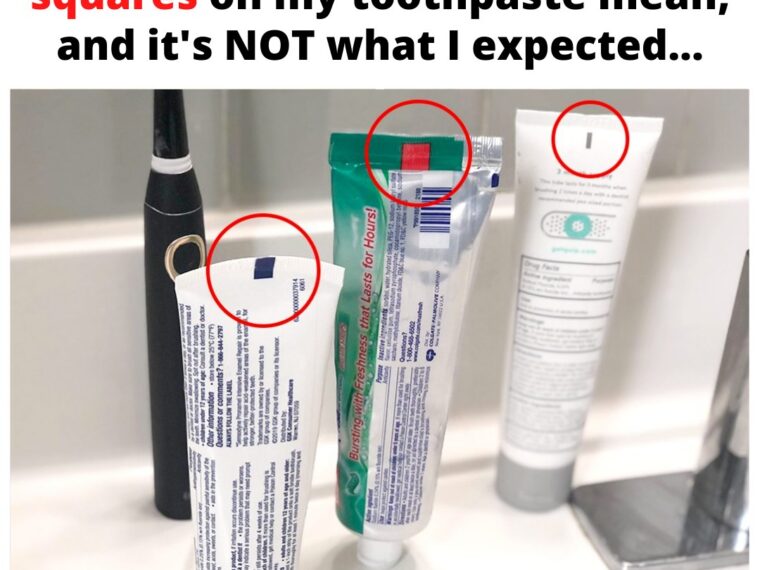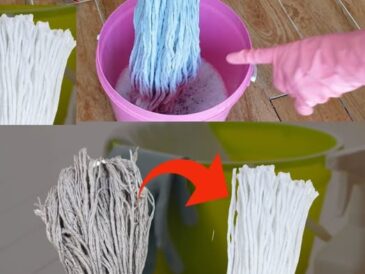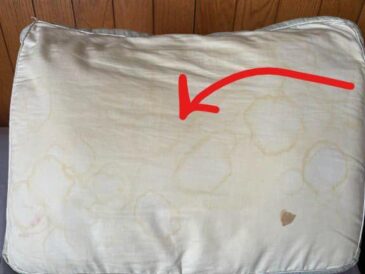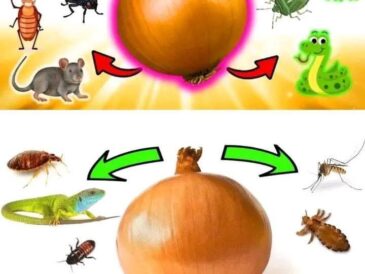If you’ve ever examined your toothpaste tube closely, you may have noticed small colored blocks or squares on the crimped end of the packaging. These colored blocks, often in shades of green, red, blue, or black, have sparked a lot of curiosity and speculation. Some believe these colors indicate the chemical content of the toothpaste, while others think they signify its safety. But what do they really mean?
The Truth About Colored Blocks on Toothpaste Tubes
The colored blocks, also known as “eye marks” or “color marks,” have nothing to do with the ingredients or safety of the toothpaste. Instead, they serve a technical purpose during the manufacturing process.
Role in Manufacturing
- Machine Guidance: The colored blocks act as markers that guide packaging machines. These machines use sensors to detect the blocks and know where to cut, fold, or seal the tube during production.
- Alignment and Precision: The blocks ensure that the tube is properly aligned and that the branding, labels, and seals are positioned correctly.
Debunking the Myths
Many online claims suggest that the colors of these blocks reveal information about the toothpaste’s composition:
- Green: Natural ingredients only.
- Blue: A mix of natural and medicinal ingredients.
- Red: Contains natural and chemical ingredients.
- Black: Fully chemical.
These claims are false. The color of the blocks is unrelated to the toothpaste’s ingredients or safety. Instead, the colors are chosen based on the printing and manufacturing requirements of the packaging.
Why Are Different Colors Used?
The choice of color for the blocks depends on:
TO CONTINUE READING THE ARTICLE PLEASE SEE PAGE 2




